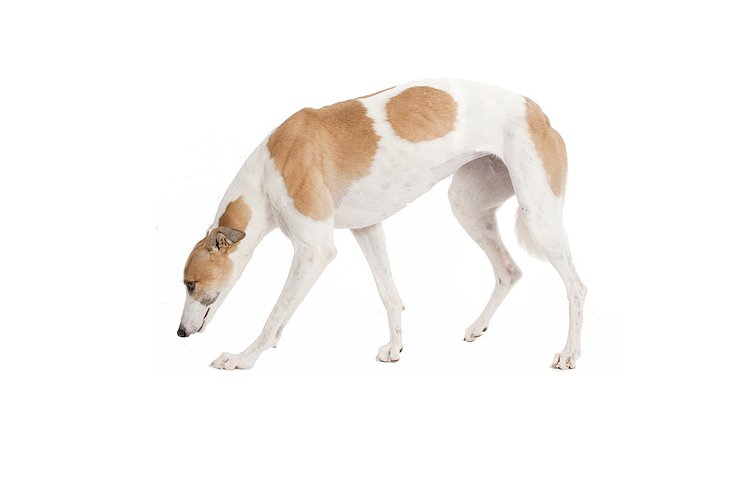History

The Greyhound is an ancient breed that traces back to almost every country on every continent and has throughout much of history been a symbol of aristocracy. The first evidence of Greyhounds was found in Egyptian tombs dating to approximately 2900 to 2751 B.C., well over 4,000 years ago, where carvings depict dogs of unmistakable Greyhound type. Both the Romans and the Greeks prized the Greyhound centuries later as a hunting companion capable of and willing to hunt a variety of large and small game, including deer, stag, rabbit, fox, boar and even bear. Eventually, nobility throughout Europe owned large kennels of hunting Greyhounds, keeping favorites as family pets. In 1016, England passed a law forbidding commoners from hunting with Greyhounds, a right then reserved only to royalty and nobility. Serfs could not own them at all, and freemen were required to have their dogs deliberately lamed if they lived within 10 miles of a designated royal forest. For 400 years, the rulers would dispatch “dog-mutilators” across the land to enforce this brutal law.
With the decline of enormous estates, organized fox hunts and the great forests previously reserved only for the use of royalty in Elizabethan England, the Greyhound’s prey became that which was then most prevalent: the hare. The sport of “hare coursing” was popular in England for over 200 years. Fanciers of the sport organized matches where dogs were pitted against each other, and against the hare, in open fields, testing agility, speed and stamina. Greyhound racing also became popular, with the first organized race taking place near London in 1876. Wagering on the races was fierce, and sometimes the Greyhounds would sport “jockeys” in the form of live monkeys attached to their backs.
Greyhounds arrived in what was to become the United States long before 1776, accompanying their settler-owners. Throughout the 1800s, they were used to hunt wild game in the expanding American west. European coursing dogs continued to come to America in the 1800s and 1900s, and these imports became the foundation of the modern show Greyhound in this country. In 1877, the catalog of the very first Westminster Kennel Club all-breed dog show listed an entry of eighteen Greyhounds. During the 1920s, Greyhound racing became popular in America with the advent of the mechanical hare lure. Racing Greyhounds were registered separately with the National Greyhound Association. In recent times, both coursing and racing are under increasing attack. In theory, these activities – especially racing, where a mechanical lure is used – should be acceptable methods of exercising hunting dogs. However, the dogs are not always treated well, and many healthy racing Greyhounds have been killed by their owners simply because they can no longer win races. Many well-organized rescue groups are successfully dedicated to rescue and adopt out Greyhounds that are past their racing best. These dogs usually make wonderful companions with another good 8 to 10 years ahead of them.
Today, owners of Greyhounds enjoy showing in conformation, participating in coursing, agility and obedience trials and therapy work. As noted in an AKC publication: “Best of all, though, is the joy of a Greyhound’s calm, sweet, and sunny presence in daily family life.”
Personality and Temperament
Greyhounds are very sociable. When indoors, these dogs are lazy and relaxed. Outside, they show their high energy and stamina for action. Very intelligent, the breed is very closely bonded to their family.

This breed chases things that move quickly, so they are not particularly suited for living in a home with cats. Although they are cautious around strangers, they are typically good with children and enjoy the company of other dogs.
Hair, Care and Grooming
Is smooth, close and short-haired. Firm in texture. The Greyhound requires only occasional grooming with a very soft brush. The eats should be checked regularly and the claws should be trimmed.
Health
This breed is prone to bloat, hip dysplasia, and ear infections. They may also have entropion, where the eyelids turn inward.
Training and Activity
This breed is easy to train as long as the training is consistent and on task.

The Greyhound needs to run and walk for long distances every day.
Feeding
Feed your Greyhound a high-quality kibble, but don’t leave food in its bowl all day. Because this breed is prone to bloat, split meals up into a few feedings a day and make sure that the food bowl is elevated. Greyhounds will eat everything and anything in its way, but with its delicate stomach, this causes diarrhea. It’s best not to feed your dog table scraps because of this issue.






